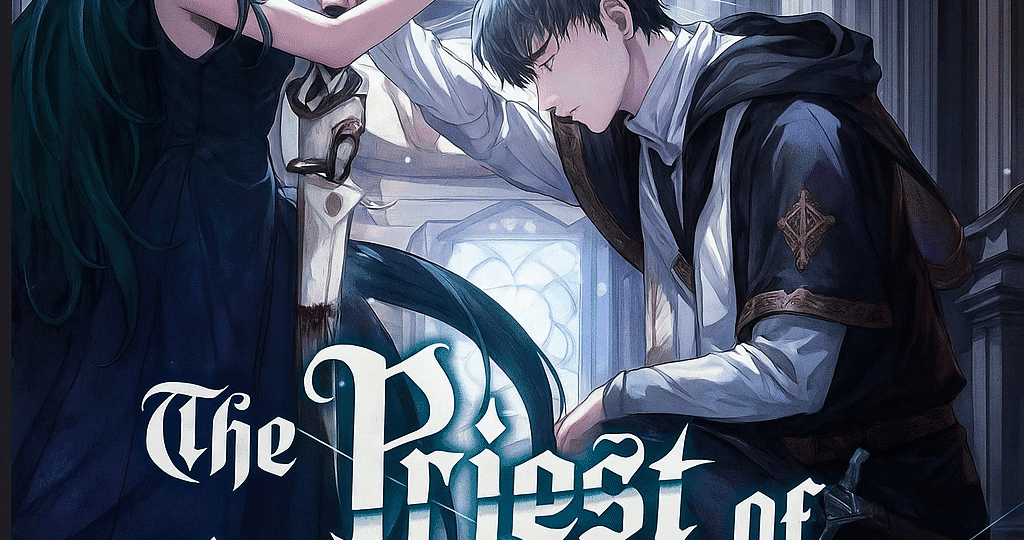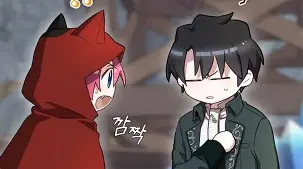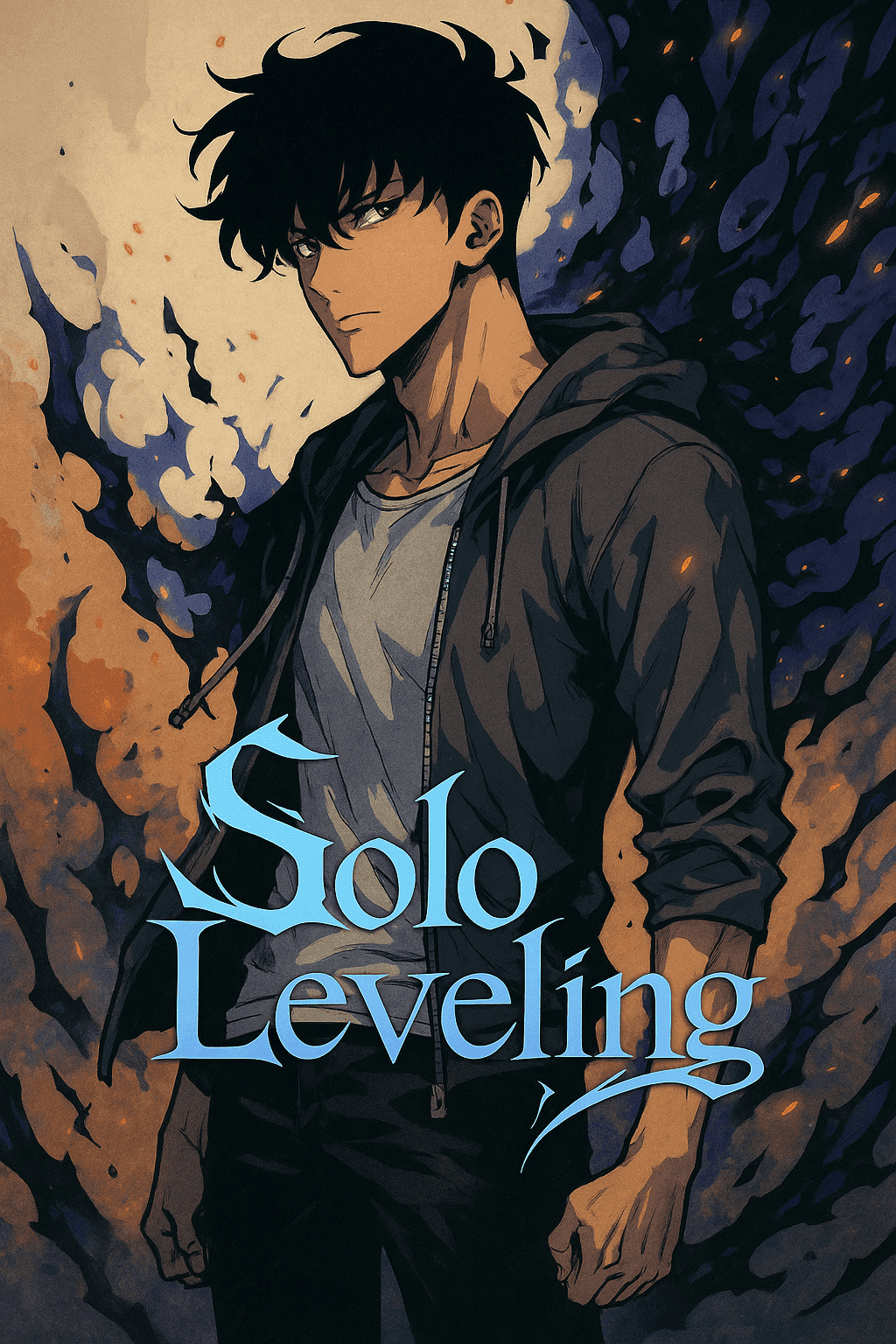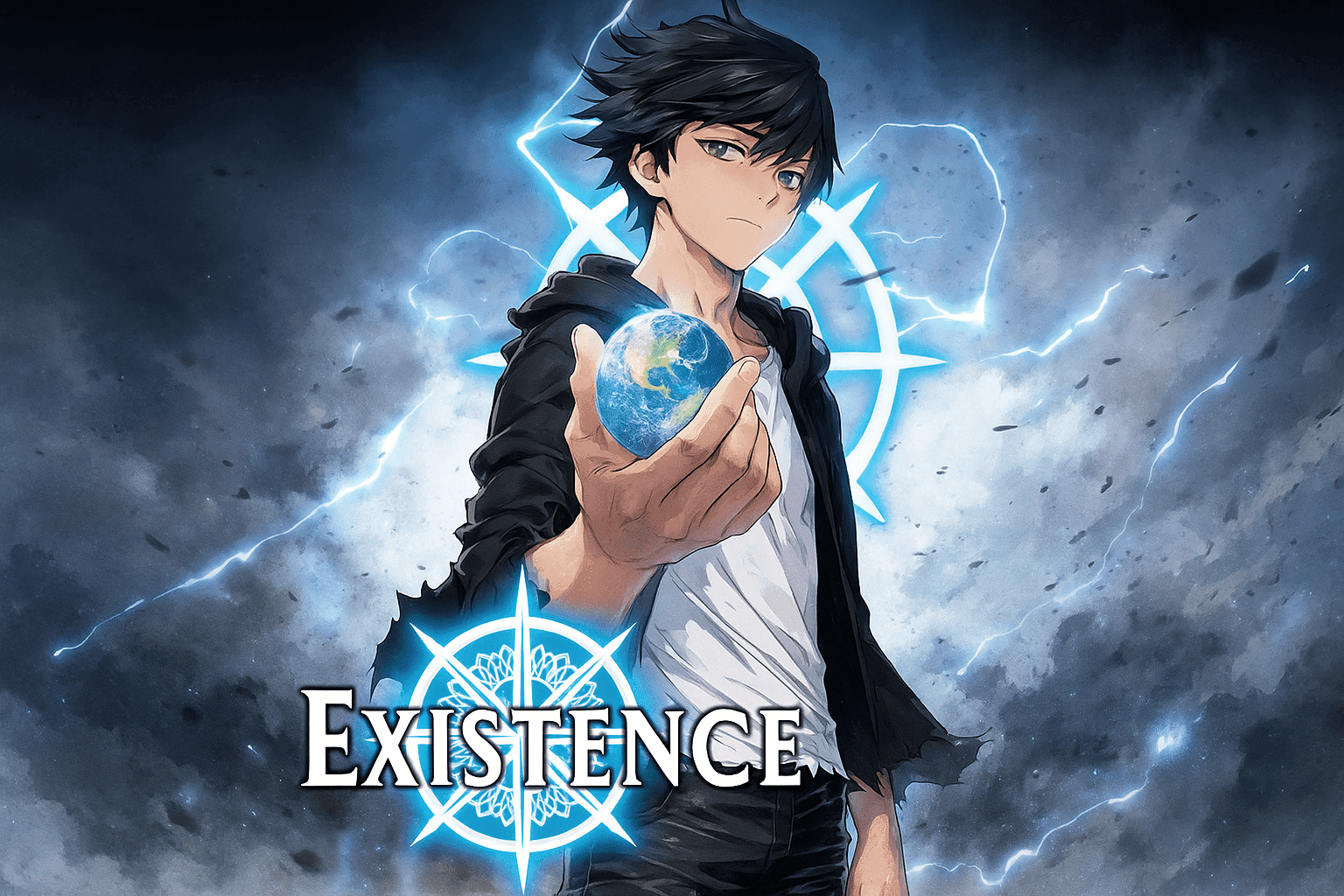Priest of Corruption Manhwa Review – A Dark Descent into Power and Fait
August 14, 2025 | by Vanitas

The Priest of Corruption Manhwa has been one of the most talked-about dark fantasy webtoons of 2025, capturing readers with its morally grey characters, intricate worldbuilding, and an unsettling blend of religion and power politics. Whether you’re a fan of anti-hero protagonists or you just crave a break from formulaic hero’s journey plots, Priest of Corruption offers something unique.
In this review, I’ll cover the plot, characters, art style, pacing, and future potential for the series — along with why this manhwa is shaping up to be a top contender in the dark fantasy genre.
Priest of Corruption Manhwa Review – First Impressions
When I first stumbled upon the Priest of Corruption Manhwa, the title immediately caught my attention. “Priest” suggested religious undertones, but “Corruption” hinted at betrayal, sin, and moral decay. Right from Chapter 1, the series sets a heavy tone: a once-devoted priest finds himself betrayed by the very institution he served, forced to turn towards forbidden magic in order to survive.
Unlike other fantasy manhwa that start with a young protagonist training for greatness, Priest of Corruption throws us into the aftermath of a downfall. This narrative choice creates immediate intrigue. You want to know: How did the priest fall? What exactly is this “corruption” — is it metaphorical, magical, or both?
Plot Overview – No Heroes, Only Survivors
The story follows Lucien, a devout priest in the Holy Church, who is framed for heresy and sentenced to execution. On the brink of death, he is saved — or rather, cursed — by an ancient god of shadows. With newfound dark powers, Lucien begins a journey not for justice, but for vengeance and self-preservation.
The worldbuilding is dense, with multiple factions:
- The Holy Church – The supposed keepers of justice, but riddled with political corruption.
- The Shadow Cult – Worshippers of the ancient god who seek to overthrow divine law.
- Independent Kingdoms – Small powers caught between the struggle of light and dark.
What makes the Priest of Corruption Manhwa stand out is its moral ambiguity. Lucien is no pure-hearted hero. He manipulates, deceives, and even sacrifices innocents — all while convincing himself it’s necessary.
Priest of Corruption Manhwa Review – Character Development
Lucien is the obvious centerpiece, but the supporting cast adds depth:
- Sister Elara – Once Lucien’s closest ally in the church, she now hunts him relentlessly.
- Marek the Warlock – A morally flexible mercenary who aids Lucien for his own gain.
- The High Inquisitor – A fanatical leader determined to purge all magic, both holy and unholy.
Character arcs evolve slowly but deliberately. For example, Elara’s initial hatred for Lucien begins to shift as she uncovers the truth about the Church. Marek’s loyalty is always in question, adding tension to every alliance.
Art Style – Shadows, Light, and Atmosphere
The Priest of Corruption Manhwa boasts one of the most atmospheric art styles I’ve seen in recent manhwa. Dark, muted color palettes dominate the panels, but when divine magic is used, the brightness is blinding — almost painful to the eyes. This visual contrast reinforces the clash between light and darkness, faith and corruption.
Character designs are equally meticulous: Lucien’s transformation is gradual, his once-white priest robes slowly becoming tattered and stained with shadow. Symbolism is everywhere, from the crumbling cathedrals to the ominous crescents in the background.
Themes – Faith, Betrayal, and Power
At its core, the Priest of Corruption Manhwa is about how power corrupts, and how faith can be both a blessing and a curse. It challenges the reader to question whether morality is absolute or shaped by circumstance.
This isn’t just another “good vs evil” story. It’s about survival in a world where both sides commit atrocities in the name of their gods.
Pacing and Storytelling
The pacing is deliberate, but never slow. Every chapter either advances the plot or deepens the characters. The manhwa uses flashbacks effectively, revealing key moments from Lucien’s past at strategic intervals. This keeps the reader hooked while building sympathy for a protagonist who might otherwise seem irredeemable.
The fight scenes are brutal and strategic, with magic systems that feel grounded in the world’s lore rather than convenient plot devices.
Priest of Corruption Manhwa Review – Strengths and Weaknesses
Strengths:
- Complex, morally grey protagonist
- Stunning, atmospheric art
- Deep political and religious worldbuilding
- Consistent pacing
Weaknesses:
- Heavy religious themes may not appeal to all readers
- The morally ambiguous MC might be off-putting for fans of pure heroes
- Occasional info-dumps early in the story
Reader Reception and Popularity
While Priest of Corruption is not as mainstream as Solo Leveling or Omniscient Reader, it has built a dedicated fanbase on platforms like Webtoon and Tappytoon. On Instagram, fanart and theories about the next chapter are gaining traction, especially regarding whether Lucien will fully embrace his dark powers or attempt redemption.
You can find more in-depth manhwa recommendations at Zoria News.
Future Potential
Given the current trajectory, I believe Priest of Corruption could become one of the best dark fantasy manhwa of the decade. Its combination of moral ambiguity, political intrigue, and high-stakes magic makes it perfect for fans who want something deeper than simple revenge or power fantasies.
Rumors suggest an adaptation could be in early talks, and given the series’ cinematic visuals, an anime version could be stunning.
Final Verdict – A Must-Read for Dark Fantasy Fans
If you’re tired of generic heroes and repetitive plots, the Priest of Corruption Manhwa is worth your time. Its exploration of faith, corruption, and the blurred lines between right and wrong make it one of the most compelling new entries in the manhwa scene.
Rating: ★★★★☆ (4.5/5)
RELATED POSTS
View all


